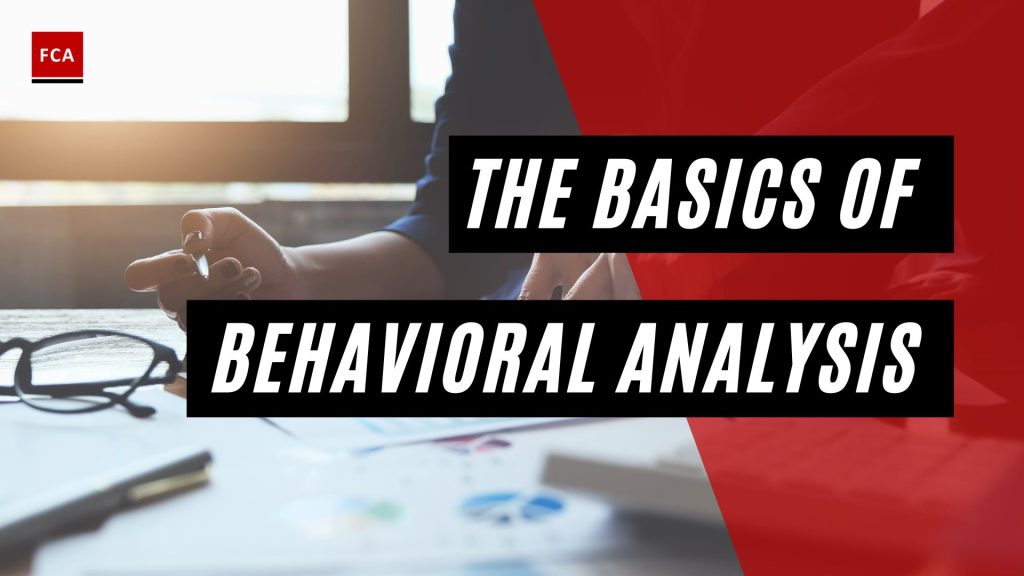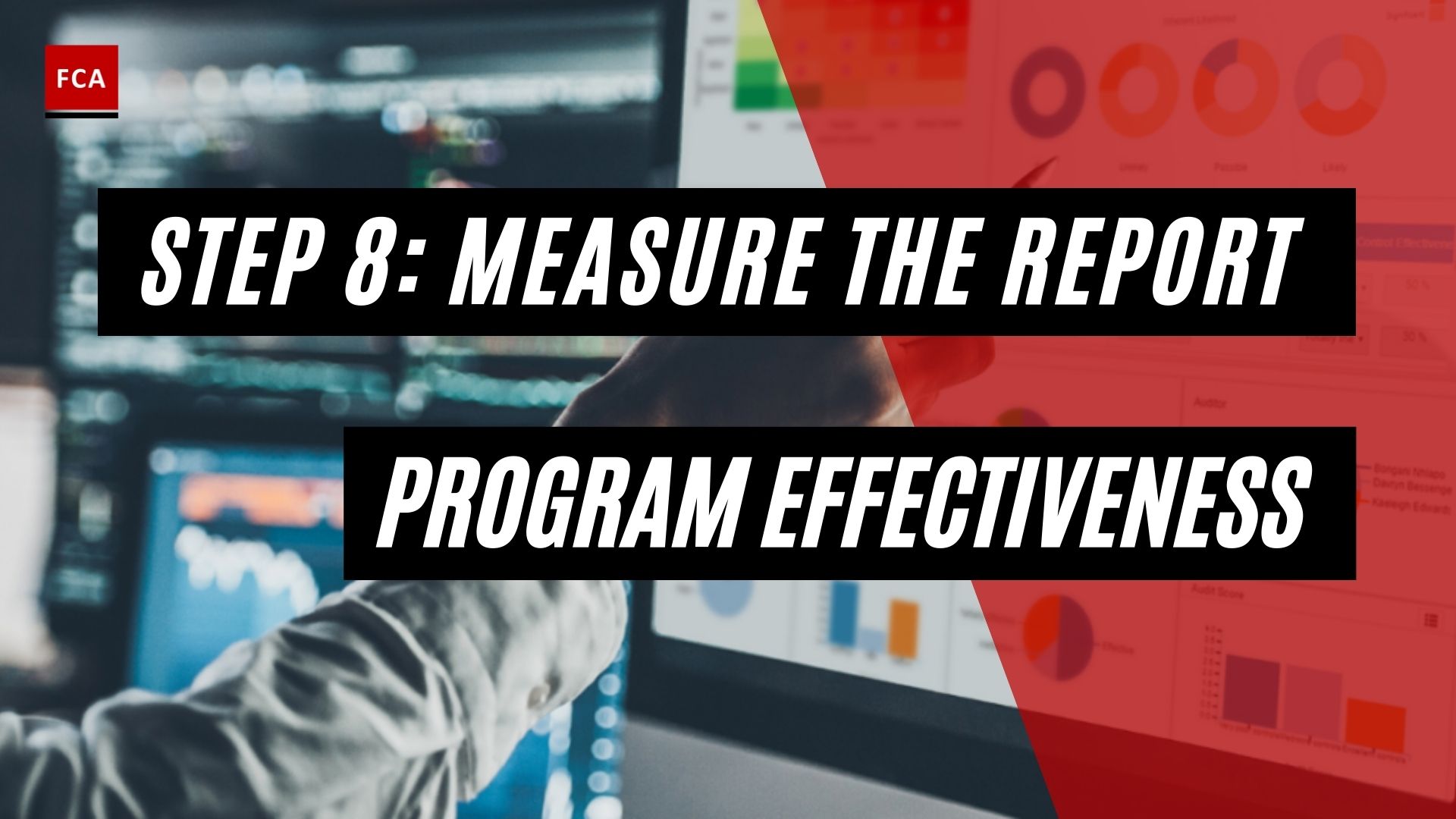The basics of behavioral analysis provide insights into understanding human actions, motivations, and patterns, enabling professionals to predict and modify future behaviors effectively.
The behavior of humans reflects the personalities, attitudes, and motives behind their current or possible actions. Behavior analysis plays a significant role in the identification and understanding of fraud risks or to predict possible fraud incidents.
The scientific study of behavior is known as behavior analysis. It focuses on understanding why people behave the way they do, how behavior can be adjusted or changed, and how certain types of behaviors can be controlled to prevent fraud.
By utilizing the principles of learning theory, behavior analysts may improve the quality of human life.
Behavior analysis is frequently used in the treatment of mental health to help people overcome problem behaviors. It can also be helpful in institutional settings to enhance the performance of employees. The principles of behavioral analysis are often adapted by institutions for use in educational settings and the workplace environment.
Behavior analysis is based on the foundations and principles of behaviorism.

The Basics of Behavioral Analysis
Behaviorism was once a very prominent school of thought within psychology, although its dominance began to decline during the 1950s as psychologists became more interested in humanistic and cognitive approaches.
Behaviorism is a branch of psychology rooted in the idea that all behaviors result from conditioning processes. It focuses on understanding how people’s associations, punishments, forced to do tasks, etc. can be used to shape the behavior of people.
We know that behavior is the result of circumstances and behavior analysis seeks to understand the impact of the events that come immediately after a behavior. This understanding can be a useful tool for modifying problematic behaviors and teaching more adaptive responses.
There are two major areas of behavior analysis: experimental and applied.
Experimental Behavior Analysis
The experimental side of behavioral analysis focuses on adding to the body of scientific knowledge about how people learn.
The applied area focuses on using that knowledge to help people overcome problems they may be facing.
Experimental behavior analysis involves basic research designed to add to the body of knowledge about behavior. The goal of this area is to add to our fundamental understanding of human behavior.
Psychologists conduct primary research to explore how environmental influences affect behavior. In particular, mental health professionals observe how naturally occurring consequences impact the responses that people display.
Applied Behavior Analysis
Applied behavior analysis focuses on applying behavior principles to real-world situations.
This process involves taking what researchers know about behavior and using it in individual, social, and cultural contexts. For example, behavior analysts might use what they know about behavior to help people experiencing different behavioral issues.
Professionals who work in applied behavior analysis are interested in behaviors and their relationship with the environment. Rather than focusing on internal states, applied behavior analysis specialists focus on observable behaviors and use techniques to bring about behavioral change.

Final Thoughts
Behavior analysis, deeply rooted in the principles of behaviorism, delves into the intricate patterns and drivers behind human actions, aiming to comprehend and potentially modify them. By distinguishing between its experimental and applied dimensions, behavior analysts either seek to expand our foundational knowledge about behavior or practically apply these insights in real-world contexts.
The former focuses on understanding the environmental impacts on behavior, while the latter employs this understanding to address tangible behavioral challenges. As a tool, behavior analysis not only helps in enhancing human life quality and treating mental health issues but also aids in predicting potential fraud risks by discerning the motives and attitudes driving certain behaviors. The potency of behavior analysis, therefore, stretches from therapeutic to preventive applications, showcasing its significance in various domains of our society.









